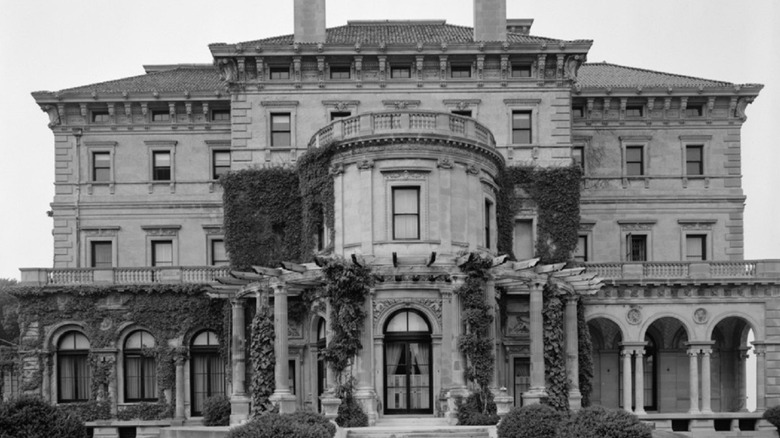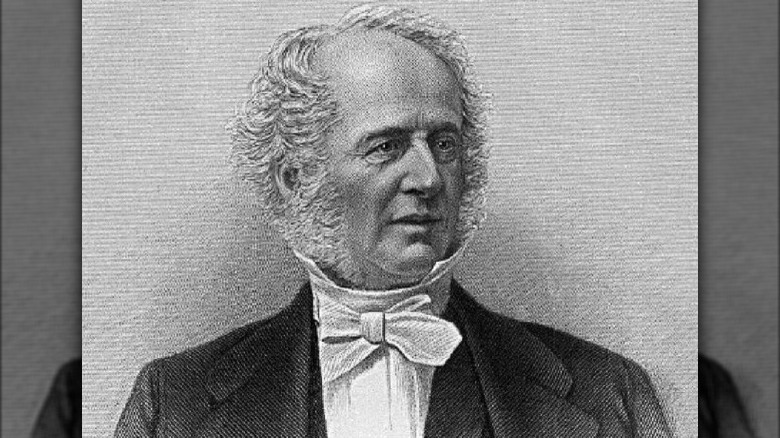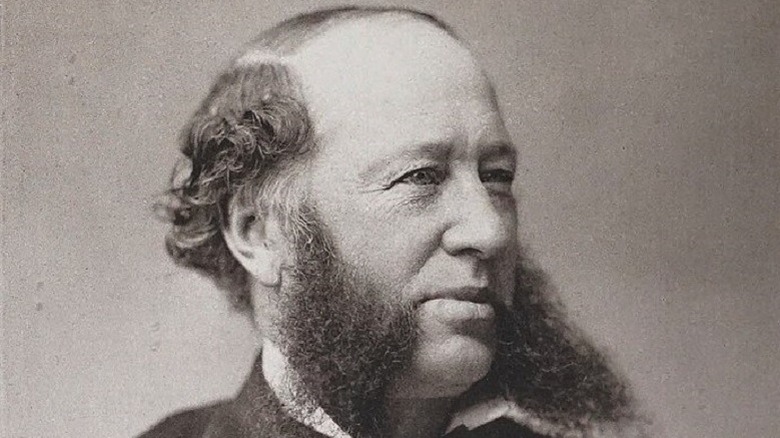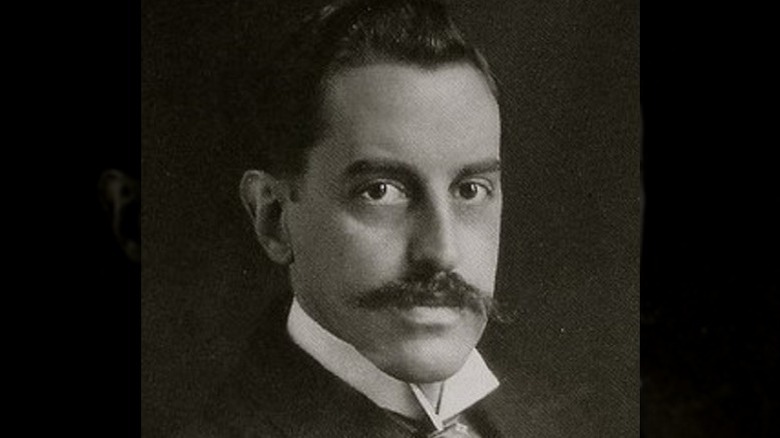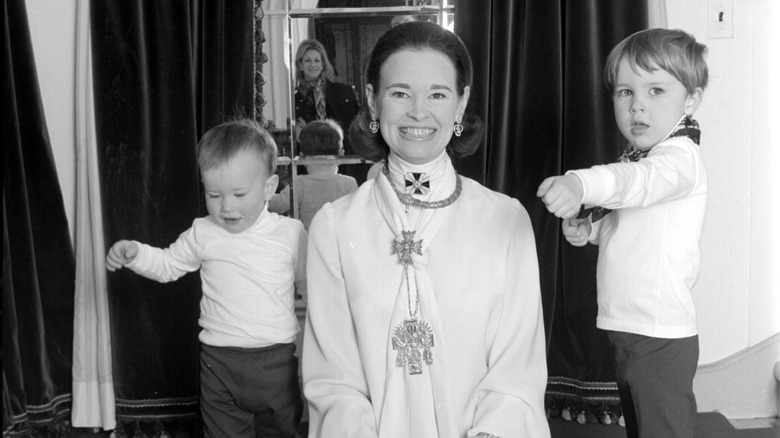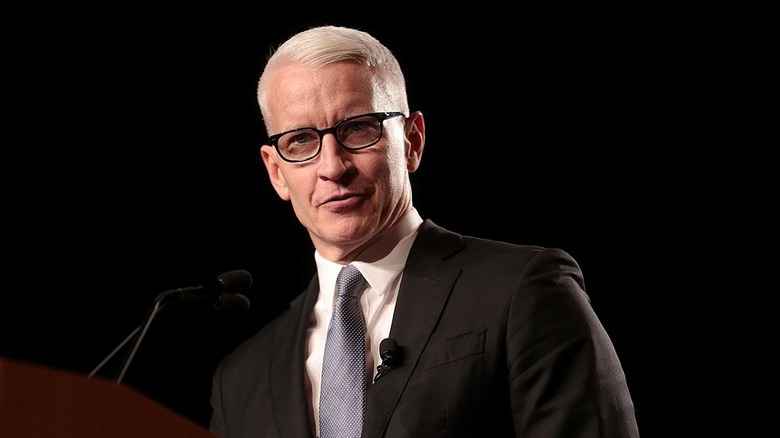The Vanderbilt Family Tree Explained
The Vanderbilt family is known as one of the most prominent families in the United States. The family's progenitor was a Dutch farmer named Jan Aertsen Vanderbilt who came to New Amsterdam (now New York) in 1640 when he was 13 years old in order to have a better life. The family name Aertsen originated from Jan's father, who was named Aert, and he came from the town of De Bilt in the Netherlands. The word "van" was added, which means "from" in Dutch. The family name had different variations (Van De Bilt, Van der Bilt, Vander Bilt) before settling on "Vanderbilt," per Old Dutch Church NYC.
Jan arrived in New Amsterdam with just the clothes that he wore and with no means to pay for his immigration, so he became indentured for three years before he finally finished his contract at 16 years old. He eventually married a Norwegian woman in his early 20s, and together, they settled on a farm. The Vanderbilt name gained prominence with Cornelius Vanderbilt — Jan's great-great-great-grandson — who was a tycoon in the shipping and railroad industry.
Cornelius Vanderbilt
Cornelius Vanderbilt was born into a humble family in 1794. As a child, he spent time with his father, who worked as a farmer and cargo boat operator in New York. He dropped out of school at 11 years old to aid his father at work, and five years later, he decided to establish his own shipping business that provided transport services to and from Staten Island and Manhattan, as reported by the National Railroad Hall of Fame. In the years following, Cornelius worked toward expanding his business and by 1812, he pivoted his focus toward steamboats. Although his formal education was brief, Cornelius proved to be a successful businessman and had a reputation for being competitive. By the 1940s, he reportedly operated about a hundred steamboats and was given the title of "The Commodore" by the public.
Later on, Cornelius also decided to go into the railroad business and acquired stocks for several railways including the Harlem and New York Railroads, as well as the New York Central and Hudson River Railroads. Cornelius worked his way from the ground up, and at the time of his death in 1877, he reportedly had a net worth of approximately $100 million (about $2.5 billion in today's money), and was the wealthiest man in the United States at that time, according to Business Insider. Cornelius learned his business acumen from his mother, who taught him how to save and invest. He was also a frugal man who never had debts throughout his decades in business.
William Henry Vanderbilt
William Henry Vanderbilt was the fourth child and first son of Cornelius Vanderbilt's 13 children. He was born in 1821 and as a young man, his father didn't believe that he was ambitious. Instead of helping out with the family's shipping business, Cornelius sent William to manage a family farm in Staten Island in 1840. However, William proved his father wrong when he turned in big profits by improving farm operations, as noted by New Netherland Institute. William was eventually given a role in his father's railroad business, where he further boosted its success.
William finally received the greatest compliment from his father when the entire Vanderbilt company was turned over to him upon Cornelius' death in 1877. Aside from focusing on the business, he was also a philanthropist who donated substantial resources to various organizations. He was able to grow the business even bigger than it already was, and according to Real Estates in NY, William was able to double the Vanderbilt fortune from $100 million to $200 million before he retired in 1883. He died in 1885 at the age of 64.
George Washington Vanderbilt II
Biltmore Estate is the largest house in the United States, and it was home to one of the Vanderbilts. George Washington Vanderbilt II, born in 1862, was the youngest of William Henry Vanderbilt's children. He wasn't too keen on working in the family business, but he inherited his father's love of the arts and was an avid collector of various forms of artwork and books, according to The Blue Ridge Highlander. Upon William's death, the Vanderbilt fortune was passed down to his children. George's brothers handled the shipping and railroad businesses, while George pursued his passion for the arts.
George traveled to Asheville, North Carolina, and was entranced by the location. Little by little, he purchased land until he had 125,000 acres. It was in 1889 when construction of the Biltmore began, and it became his family home when he married Edith Stuyvesant Dresser in 1898 (via Biltmore). The home has a French Renaissance style and boasts 250 rooms, 65 fireplaces, and 43 bathrooms. The house alone sits on more than 4 acres of floor area and is surrounded by lush gardens. Today, Biltmore Estate is a tourist attraction where visitors can see the original collections of George and Edith.
Gloria Laura Vanderbilt
Gloria Laura Vanderbilt was the daughter of Reginald Claypoole Vanderbilt — George Washington Vanderbilt II's nephew. Gloria became the subject of headlines in 1934 when she was just 10 years old due to a custody battle between her mother and her aunt, per History. Gloria's mother, Gloria Morgan, became a widow in 1925. It was after Reginald's death when the Vanderbilts accused Morgan of being an unfit mother. After controversial court proceedings, the custody of Gloria was awarded to her aunt, Gertrude Vanderbilt Whitney.
Gloria made a name for herself and became a theater actress. She also started her own fashion empire and partnered with manufacturer Mohan Murjani to sell jeans — specifically for women — with her signature on the back pocket. According to The New York Times, Gloria expanded her line to include other items of clothing and was earning $100 million annually. In an interview in 1985, she said, "I'm not knocking inherited money but the money I've made has a reality to me that inherited money doesn't have. As the Billie Holiday song goes, 'Mama may have and Papa may have, but God bless the child that's got his own.'" She died of cancer in 2019 at the age of 95.
Anderson Cooper
Broadcast journalist Anderson Cooper is the child of Gloria Laura Vanderbilt with her fourth husband, Wyatt Emory Cooper. He grew up exposed to his mother's lavish lifestyle but in an interview with CBS News, he said that he didn't want to be associated with the Vanderbilt wealth. "The Vanderbilts, when I was a kid, seemed kind of like lay-abouts. I knew they had all these houses and they were museums now. But it had no reality in my life." He also said that his ancestors grew up thinking that money would always be there and they didn't need to work for it, which is the opposite of his philosophy.
Cooper started earning money as a model in his early teens. He graduated from Yale in 1989 with a political science degree, and he worked his way toward being the successful broadcaster he is today. It was only in 2019 after his mother's death that Cooper decided to learn more about the Vanderbilts, so he could one day pass the knowledge to his own son. While cleaning his mother's apartment, he came across letters and other items that revealed stories about the Vanderbilts. "It was really fascinating to start to think of them as human beings and not just historical characters or people I'd read about," he said (via Town & Country Magazine). In September 2021, Cooper released a book he co-authored with Katherine Howe titled "Vanderbilt: The Rise and Fall of an American Dynasty," where he revealed intimate stories and his thoughts on his ancestors.
